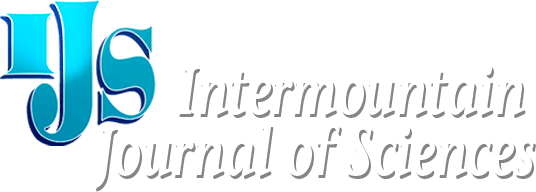The Bird’s-Eye View Education Program: Using Bird Research To Educate The Public On The Importance Of Healthy Riparian Systems
Volume 17, No. 1-4, 2011 • Montana Chapter of the Wildlife Society (TWS) - Presentation Abstract[pdfjs-viewer url=”http://www.intermountainjournal.org/wp-content/uploads/2014/07/IJS-2011-v17-n1-4-Abstract-Fylling-Hutto-Smucker-Greene-Domenech-Langne-Vincen-pp47.pdf” viewer_width=644px viewer_height=700px fullscreen=false download=false print=true openfile=false]
Scroll down if pdf (above) appears blank.
Authors
Fylling, Megan, Hutto, Richard, Smucker, Kristina, Greene, Erick, Langner, Heiko, Vincent, Matt, Domenech, Robert
Keywords
Education, Montana, University of Montana, birdseye view education program, clark fork, upper clark fork river basin, research, avian science
Scientific Disciplines
Biological Sciences - Terrestrial
Abstract Text
The Upper Clark Fork River Basin (UCFRB) has been degraded by over 100 yrs of mining and smelting activities. The UCFRB is the largest contiguous complex of federal Superfund sites in the nation. Restoration and remediation efforts were initiated in the late 1980s and will continue, at a minimum, through 2030. Any restoration activity should include public education and outreach so that land-use decisions in the future do not compromise the integrity of the ecosystems that support the region. We have developed a program, the Bird’s-eye View Education Program, which integrates public education and research on the ecological health of the UCFRB. Specifically we focus on birds, inviting the public to observe research at songbird banding stations and Osprey (Pandion haliaetus) nests. Riparian-associated birds are likely to respond positively to riparian restoration activities and can be used as bio-indicators to measure success. In 2010 we operated three bird banding stations and monitored 19 Osprey nests. We captured 595 songbirds, collected 43 blood and feather samples from Osprey chicks, and served nearly 1000 participants. The program was an outstanding success and results from an assessment show that participants leave with a positive attitude toward the outdoor science experience and a general knowledge of Upper Clark Fork restoration, history, and its riparian ecosystems.
